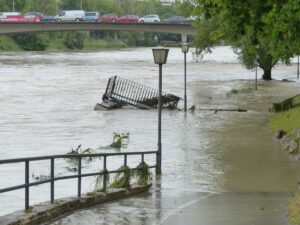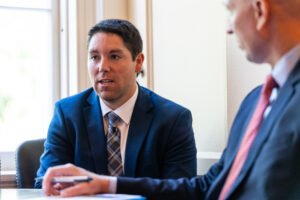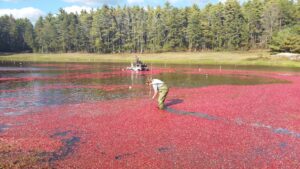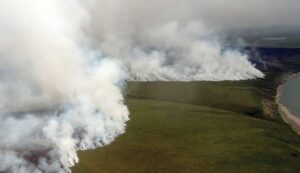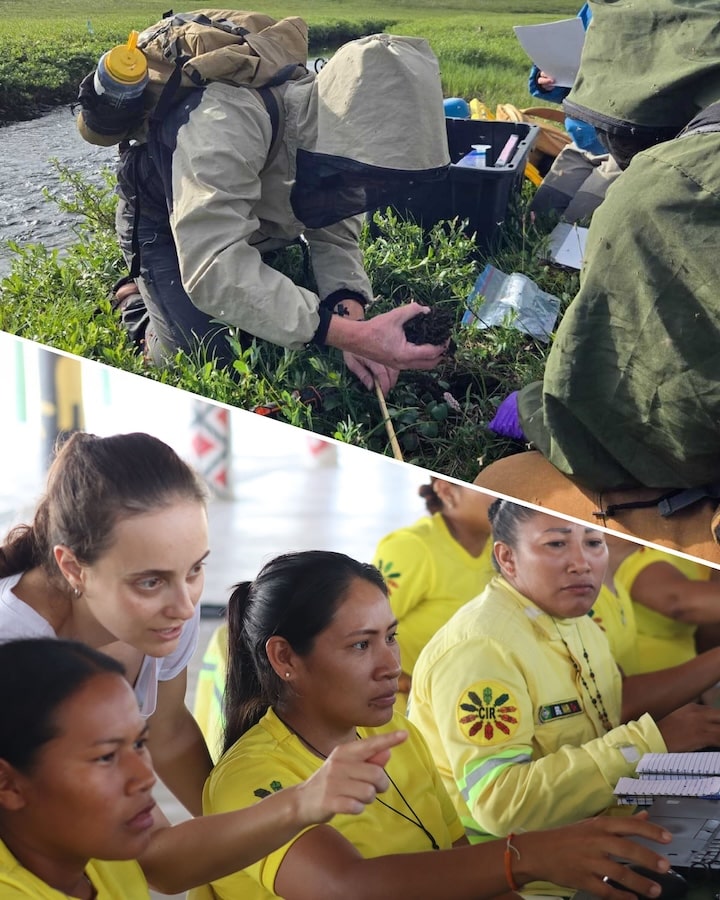Peter Hanlon, a 68-year-old farmer from Boston, has been growing cranberries in Cape Cod, Massachusetts, for decades. Cranberries are in Hanlon’s blood — his grandfather farmed them on the cape before him. But six weeks ago, Hanlon sold his farm in the town of Sandwich. None of his kids wanted to carry on the tradition, and Hanlon doesn’t blame them: Profit margins are incredibly tight, and increasingly erratic weather patterns in recent years have made cranberries more difficult to grow.
The boreal ecosystem that covers swaths of Russia and North America is nearing a dangerous tipping point
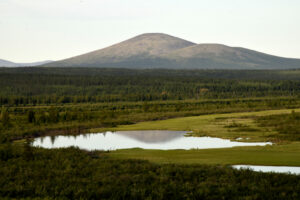
In summer 2019, the Cambridge physicist Gareth Rees flew into Yakutsk to meet a team of Russian scientists. The far eastern Siberian port is known as the coldest city on Earth, but that year it was simmering under a heatwave. Together the researchers drove deep into the region’s sprawling forests on a road paved by gulag prisoners.
The British and Russian scientists were on a mission to study how the boreal forests of the subarctic region are transforming with climate change. Together they measured 2,000 trees, sweating under the heavy clothes protecting them from crowds of insects.
Read more on Financial Times.
Smoke from hundreds of wildfires darkened skies over the Alaskan Interior this summer, with the state experiencing its fastest start to the fire season on record amid hot and dry conditions.
Tens of thousands of lightning strikes ignited the majority of active fires, according to the Bureau of Land Management Alaska Fire Service. By late August, more than 3 million acres had burned across the state—roughly triple what’s seen in an average year, but no longer unusual in a warming world.
With climate change raising Arctic temperatures faster than the global average, wildfires are shifting poleward where the flames blaze through boreal forest and tundra and release vast amounts of greenhouse gases from the carbon-rich organic soil.




